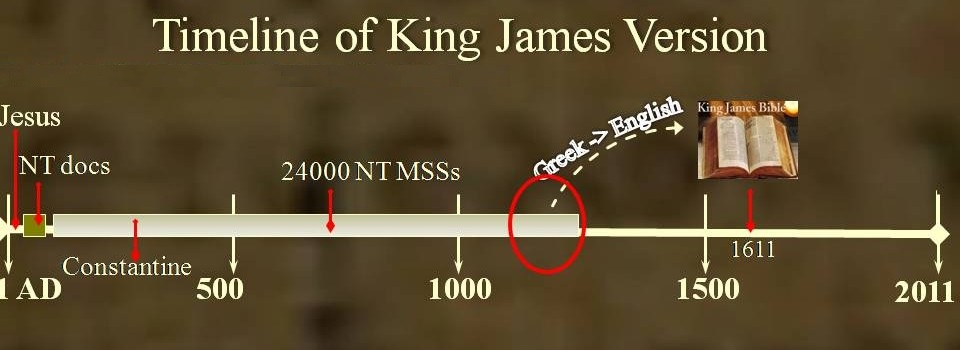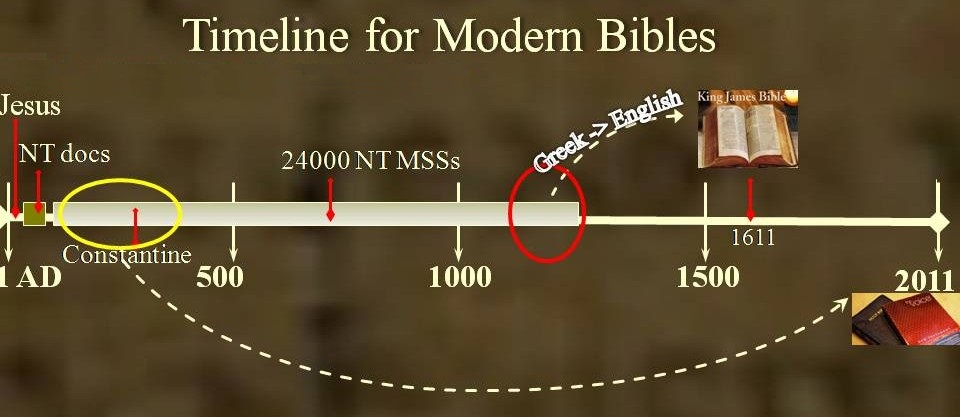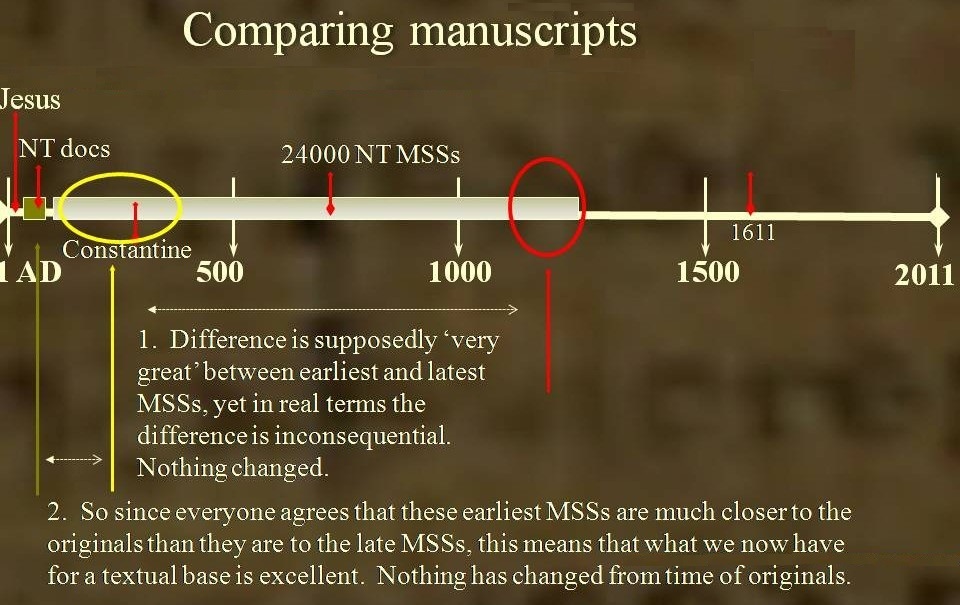One of the aspects of modern life is that we rely on experts for the various questions we face. Health issue? See a doctor, and if (s)he does not know, you can get a referral to a specialist. Computer problem? You find either a hardware or a software expert to help you. In almost all areas of life we turn to experts for advice and help. This usually works out, but sometimes blindly following experts can lead us into a worse predicament. Witness the 2008 global economic crisis – instigated first by the ‘experts’ running US financial institutions, and then by the ‘experts’ who configured and managed the Eurozone.
So it helps to have practical and common-sense checks to test the advice of experts. This is all the more true when it comes experts claims about the Bible. Bart Ehrman is one such New Testament scholar who has gained notoriety for his public attacks on the Bible. The title of one of his books, Misquoting Jesus: The Story Behind Who Changed the Bible and Why (2005) tells us what he thinks of the reliability of the text of the Bible. And since he is an ‘expert’ who are we to argue? For many, just reading the title of his book closes the case.
But there is a common-sense and reasoned test for the reliability of the Bible – and it comes from using the Authorized King James Version Bible. Yes, this translation that has so shaped the English language, having just passed its 400th anniversary in 2011, gives valuable insights to the reliability of the Bible in general.
The timeline figure below from time of Jesus until today shows the extent of the time period in which the 24000 manuscripts of the New Testament that are extant (i.e. in existence today) were being copied (the thick white bar labelled ‘24000 NT MSSs’). Extant copies are dated starting from 125 AD and continue until about 1250 AD. This was covered here. No one – Bart Ehrman included – disputes this.

The thick bars show the 24000 existing New Testament manuscripts copied between 125-1250 AD
Our next figure shows the manuscript source for the venerable King James Version (KJV). It was a 16th century scholar named Erasmus who first produced a Greek text from which the KJV was translated. But where did Erasmus get his Greek text? As you can see from the red oval it was from a few very late Greek manuscripts, dated into the 1200’s, from which Erasmus obtained his text (called the Textus Receptus or Received Text) and from which the KJV was developed. No one disputes this – Bart Ehrman included. In fact, his book is an easy-to-read description of Erasmus’ work.

Greek text of KJV are very late manuscripts – the least reliable according to textual scholars
The reason that Erasmus used just a handful of very late manuscripts for his Greek Edition was that in 1515 AD no others were available. He used the best he could find. But since then thousands more manuscripts have been discovered (which is why we now have 24000 manuscripts catalogued) and many are much earlier, even preceding Constantine (325 AD).
Our third figure shows, with this modern catalogue of manuscripts to draw from, the manuscript source for modern-day translations (like NIV, ESV, NLT etc.). They draw from the earliest and best manuscripts that scholarship and archaeology today provides, and which were unavailable to the translators of the KJV in 1611. Again, as with our other points, no one today – Ehrman included – disputes this.

The Greek text behind modern Bibles (NIV, ESV, NLT etc) are from the earliest Greek manuscripts, 1000 years before the KJV manuscripts and from scholarly perspective very different
To put it in another way – the translators of the KJV used (by today’s scholarly standards) the latest and least reliable manuscripts (their source manuscripts were later than 1000 AD). Today we know we are very close to the original text with an extremely high standard because of these much earlier manuscripts that were discovered after the KJV. So these advances give us a superb common-sense and practical way to test the reliability of the New Testament. We simply need to ask the question: What teachings or doctrinal changes occurred when Bible teachers went from the KJV (the least reliable) to modern Bible translations (the most reliable according to textual scholars)? Did the person and work of Jesus, the historical events portrayed, or teachings outlined in the epistles need to be ‘adjusted’ in some way? For example, is the divinity of Christ put in doubt in modern translations? No! In point of fact nothing doctrinal has changed! Today you can find Christians worldwide – some using the KJV and others using a modern translation – and they have no difference in their understanding of Jesus or his life even as they read from different translations (which are based on different manuscripts).
Our fourth figure illustrates this schematically. We know that what is purported to be ‘very different’ by scholars such as Ehrman is in reality a small difference since the KJV teaches the same doctrines as the modern translations. So therefore we know that what might be an even smaller difference between our current textual base and the originals must be inconsequential. We have a solid textual base and can confidently say (Ehrman notwithstanding) that the Bible has not changed.

But in practical terms they are the same Bibles, no historic Christian doctrines are ‘different’ between these sets of Bibles
The same test is available for the Old Testament. In 1611 the only practical Hebrew text for the Old Testament was the Masoretic text dated at around 900 AD. The most modern translations of the Old Testament now make use of the Dead Sea Scrolls dated at 100 BC. And you will find no ‘adjustment’ in the history and teachings between the KJV and these modern translations. They tell the same account, with only some different words used in the poetic imagery.
Ehrman’s book title aside, and despite his intent to denigrate the textual reliability of the Bible, his own account of the textual development of the KJV, and a common-sense check for any ‘adjustments’ in teachings or doctrines that have come about from the transition from the KJV to a modern translation (no changes came about) reveals the hollowness of his claim. Sometimes it pays to not to blindly accept ‘expert’ opinion by faith like so many do today. Common-sense reasoning from the verifiable facts on-hand is always a good way to go.